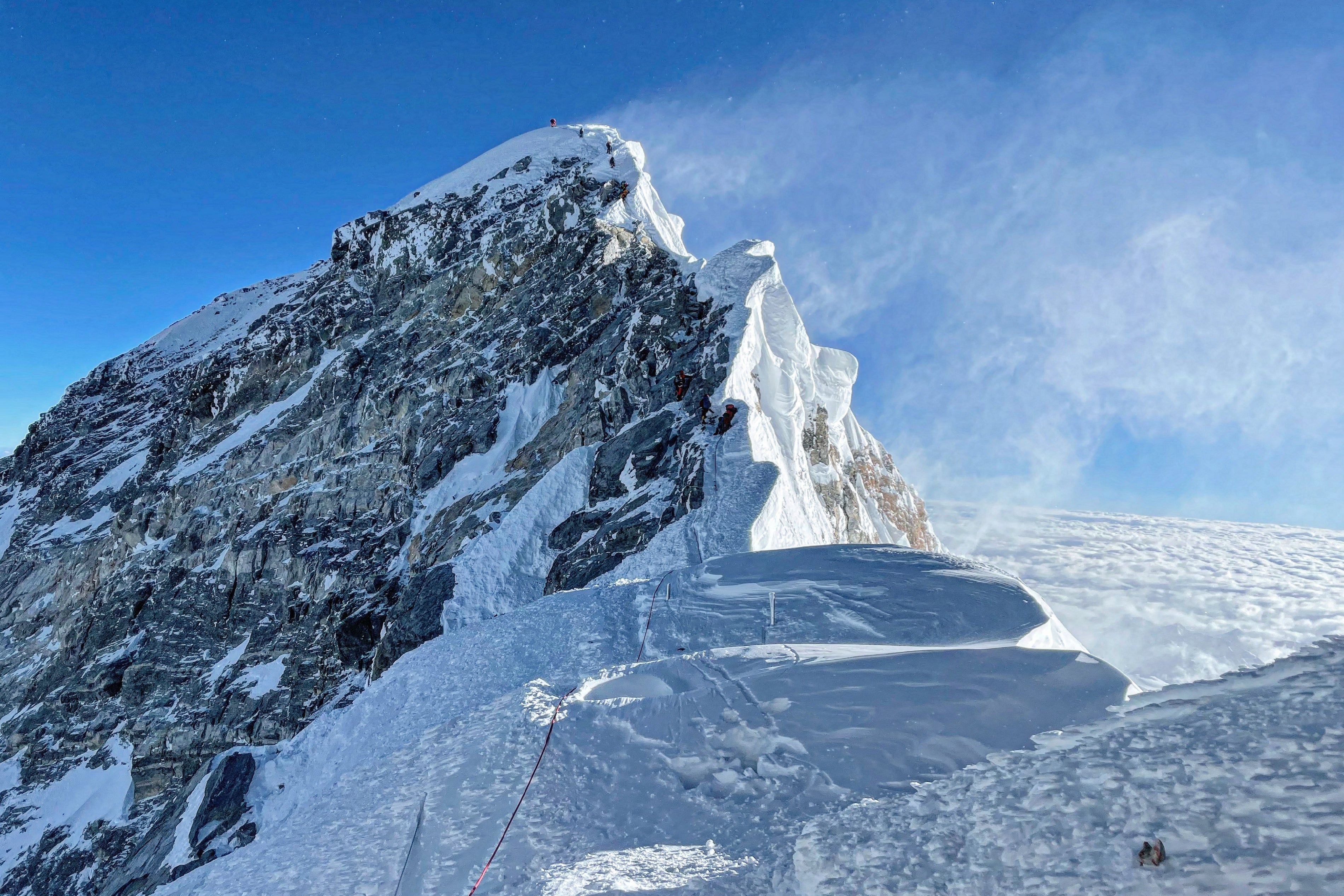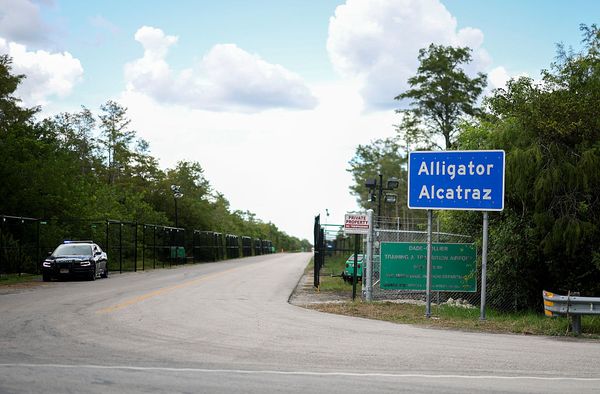
A team of four British climbers has etched their names in mountaineering history, becoming the first to summit Mount Everest using Xenon gas, significantly reducing the acclimatisation period typically required for such a feat.
The expedition, organised by Austria-based Furtenbach Adventures, saw the climbers reach the 8,848-metre (29,032 ft) peak in under five days after leaving London.
Traditional Everest expeditions involve weeks or even months of acclimatisation on the mountain, allowing climbers' bodies to adjust to the extreme altitudes.
This process is crucial for safety, as attempting the ascent without proper acclimatisation poses severe risks. Before their climb, the British team inhaled Xenon gas in Germany in a procedure designed to accelerate the acclimatisation process.
In addition to the Xenon gas treatment, the climbers utilised specialised tents simulating high-altitude conditions during their preparation at home.
While on the mountain, they used supplemental oxygen, a standard practice for Everest climbers.

Xenon, a colorless and odorless gas present in trace amounts in the Earth's atmosphere, possesses certain anesthetic properties and has recognised medical applications.
“Xenon improves the acclimatisation and protects the body from altitude sickness and the effects from the hypoxic environment,” Furtenbach told Reuters in a text message from the base camp, referring to the low oxygen environment in the mountains.
Furtenbach, who has logged four Everest ascents, said Xenon gas was used by guides before but “it is the first time for clients”, or ordinary climbers.
Xenon made the climb safer and shorter as it kept the climbers properly acclimatised, he said.
“Shorter expedition also means less garbage, less resources, less human waste in this sensitive environment,” Furtenbach said. Piles of garbage dumped by climbers have been an issue on Everest in recent years.
American climber and guide Adrian Ballinger of the Alpenglow Expeditions company called the use of Xenon a “stunt ... it’s never seemed like the type of experience we want to provide.”
“Everyone should climb the mountain in a form they are proud of. If these climbers are proud of this style, then that’s their choice,” Ballinger said.
Nepal has issued permits to 468 people to Everest during the current March-May climbing season and more than 200 have already topped the summit so far.
Nepal does not have any rules on how many days climbers must spend acclimatizing or making practice climbs. Their permits, which cost $11,000 each, are valid for 90 days.







